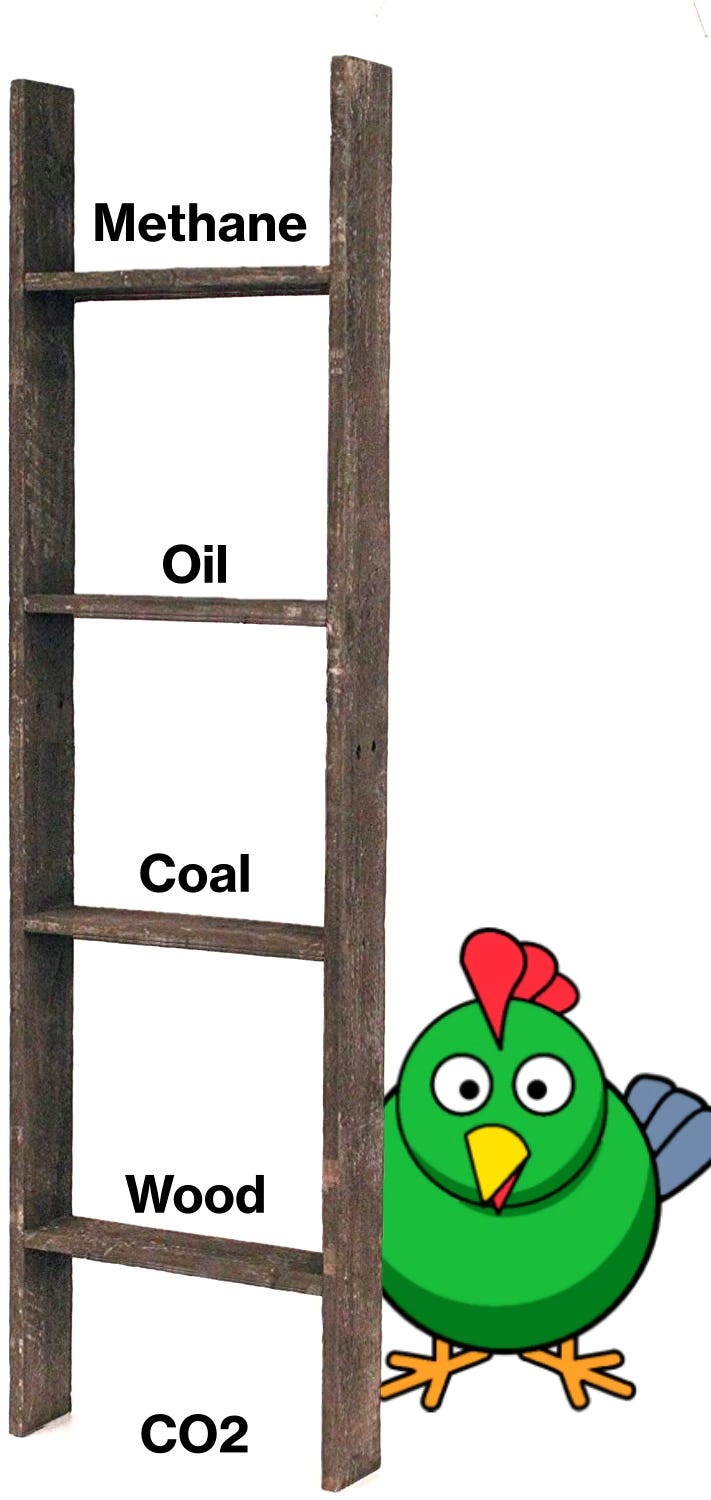posted by Doomberg on Substack:
“The path of sound credence is through the thick forest of skepticism.” – George Jean Nathan
In the second half of the 16th century, Britain plunged into an energy crisis. At the time, the primary source of energy driving the British economy was heat derived from the burning of wood, and Britain was running out of trees. As the supply of wood dried up and its price began to soar, inflation set in, compounding the problem and spreading it to all corners of the economy. With imports from continental Europe insufficient to close the growing supply gap, the crisis looked set to crush the standard of living of the average British citizen.
And then they discovered coal.
Well, they didn’t exactly discover coal – it had been known for centuries that coal could be a useful fuel – but they did learn that, with a bit of tinkering, coal could replace wood in many important applications. They also recognized that they had a lot of it. With a higher energy density than wood, coal is a superior fuel that ultimately enabled meaningful improvements in the British economy. Trees could be preserved for construction purposes, homes could be more efficiently heated, and companies could leapfrog their competitors – foreign and domestic alike – by retooling to accommodate the new fuel. What followed was a decades-long economic boom.
It is now well understood that the wide adoption of primary fuels with high energy density enables better standards of living. In a popular piece we wrote last year called Where Stuff Comes From, we presented a simplified mental model for understanding the energy density of carbon-based materials using rungs of a theoretical ladder. As a thermodynamic sink, CO2 sits on the ground. The first rung up the Doomberg Ladder™ represents wood, followed by coal, oil, and methane (natural gas). Here’s a key passage from that piece (emphasis added throughout):
“It makes intuitive sense that if we are using carbon-based materials as a source of energy, we’d want to be at the highest rung possible. This is, in fact, how societies evolve. Wood burning gives way to coal, which eventually gives way to oil and then natural gas as societies can afford cleaner environments.”
It should be noted that transitioning to higher rungs on the ladder is something that usually occurs spontaneously in an economy unless politicians interfere. It took little encouragement from the British government for its economy to realize the benefits of coal over wood – the inherent advantages of the material and the phenomenon of creative destruction were sufficient. This same reasoning explains the urgency with which the Royal Navy switched from coal to fuel oil at the turn of the 20th century. Had it not, Britain risked losing its dominance at sea.
With this sensible and self-evident set of concepts now described, it might surprise our readers to learn that the European Union and Britain are not only incentivizing a return to the primitive concept of burning wood for energy on a massive scale, but they also claim doing so is carbon neutral (spoiler alert: it isn’t, not even close). Nearly 40% of Europe’s so-called renewable energy is currently obtained by combusting wood, and a sizeable portion of what’s being burned is derived from clearcutting forests in the US. In a farce so perverted and obscene that it can only be the work of bloated and arrogant bureaucracies, a carbon accounting loophole is causing huge amounts of CO2 to be pumped into the atmosphere today that will take decades to abate using natural means. The details are staggering. Let’s dig in.
Paid subscribers read on…
